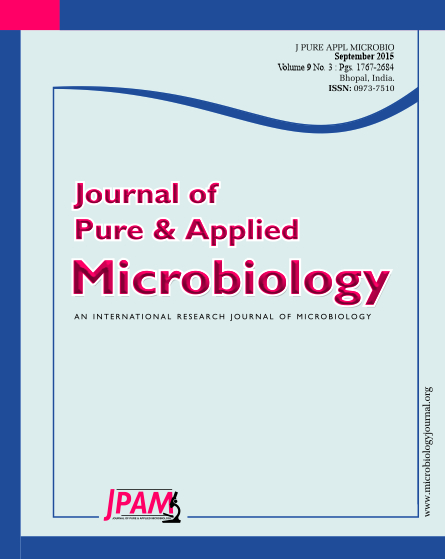The aim of current research is to evaluate soil carbon, nitrogen and phosphorus pools, and selected physico-chemical soil properties in a plantation area with 20-year-old exotic tree (Picea abies and Pinus nigra) species. The study area is degraded grassland of Fandogloo Region, Ardabil Province, Iran. Soil samples were collected at three depths such as 0–15cm, 15–30cm, 20–30cm, and 30–50 cm, and characterized with respect to bulk density, electrical conductivity (EC), pH, texture, organic carbon, total nitrogen, and available phosphorous. The results showed that afforested stands significantly affected on soil characteristics due to piles of soil microbiology. The soil organic carbon (SOC), total nitrogen (TN) and available phosphorus (P) were significantly different among the various stands and depths. The minimum amount of soil carbon sequestration in the degraded grassland was 21.40 Mg ha-1, which had significantly different from afforested stands. The Pinus nigra had high significant difference in the amount of TN (2.52 Mg ha-1) from the other stands and degraded grassland (1.75Mg ha-1). The amount of available phosphorus of forest stands compared to degraded grassland did not show a significant increase, while a significant decrease of phosphorus was seen in the mixed Picea abies – Pinus nigra stand (42.07 kg ha-1) than the degraded grassland (49.27 kg ha-1 ). The soil surface layer (0-15 cm) had the minimum SOC, TN, and P than the other lower layers which it could be due to high consumption rate in the primary stages of growth to develop biomass. There was a significant positive correlation between the SOC and TN in the all afforested stands. In general, the afforestation with exotic coniferous species in the degraded grassland improved the SOC and TN, but available phosphorus was no significant increase, meanwhile, it shows a decreasing trend in the study area. Finally, this study illustrated that afforestation with exotic coniferous species in degraded grasslands have a positive impact on surface soil properties and the planting of these species might be useful in soil reclamation projects in the semi-humid regions.
Carbon Sequestration, exotic coniferous, Microbiological stocks, Fandoghloo Region
© The Author(s) 2015. Open Access. This article is distributed under the terms of the Creative Commons Attribution 4.0 International License which permits unrestricted use, sharing, distribution, and reproduction in any medium, provided you give appropriate credit to the original author(s) and the source, provide a link to the Creative Commons license, and indicate if changes were made.


